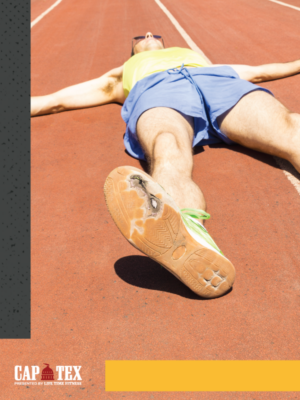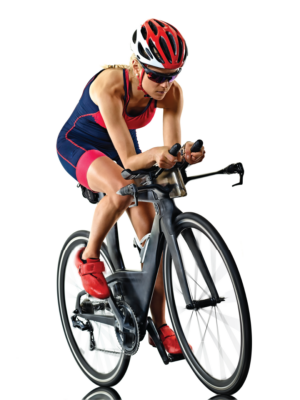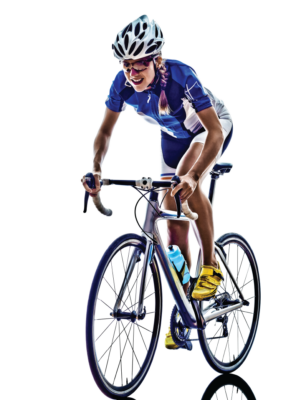6 Things to Keep In Mind for Olympic Distance Triathlons
Going The Distance: What to Keep In Mind When Going From Sprint to Olympic
So you have completed a Sprint Triathlon and now you’re looking for the next challenge. You can always do more sprint triathlons and work on increasing your speed or you can work on your endurance and increase your distance. Maybe going up to the next distance is your goal. For those looking to go long, here are some simple training reminders and workout tips to help you conquer the Olympic distance tri at CapTex Tri.
6 Tips for Olympic Distance Triathlons
1. Not Always Easy
First, it is important to remember that part of the appeal of racing an Olympic distance is that it is not exactly easy. Simply doubling your workouts isn’t going to cut it. In training, have a goal of completing 60-80% of the segment distance before the event.
2. Find Your Pace
With a sprint, you could go all out but you will probably not able to keep this same pace in the Olympic distance tri. Train at a pace that you are comfortable with so that you do not burn out on race day. Start thinking of speed versus endurance.
3. Calories Matter
Third, Calories Calories Calories. These longer distances are going to require fueling. Test several products before committing, just because something works for your friend or someone at the gym, it doesn’t mean that it is right for you.
4. Preparation is Key
Fourth, take “Nothing New on Race Day” to the next level. Make sure you have tried everything at least 3 times before you arrive race morning. We are talking socks, shoes, hats, sunscreen, sunglasses, nutrition, which water bottle, ev-er-y-thing.
5. When in Doubt, Swim
Fifth, if you have time for an extra workout – choose the pool. Swimming is great aerobics and can lead to gains on the bike and the run. Efficiency in the swim can leave you with more energy instead of being taxed right out of the water. More important than hours logged, make sure that you are making each workout count.
6. Find A Balance
Sixth, keep balance. Make sure to find time for friends and family. Many of them may not understand but make sure and thank them for being there to support you in any way. Make sure and inform them when, where, and how long you are going out for a long run or bike. A safety post on Facebook is a good idea as well and a fun way to let everyone know how your training is going.
 Additional Tips
Additional Tips
- Every other week make one of your run workouts follows immediately after your bike workout.
- Switch it up. Don’t always do the same style work out on the same day of the week.
- Have Fun and Smile!
Go The Distance!
These 6 easy steps are your guide to getting to the start line with a high level of confidence so that you are ready to be successful for your first Olympic distance triathlon! Also, remember that no matter the distance increase it is important to keep your ultimate end goal in mind and then set up milestones that you can meet along the way.



